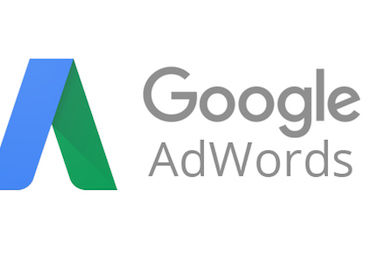How does Adwords work?
It’s complicated, and a common question, especially for small business owners thinking about
trying Adwords for the first time. Even businesses with Adwords experience continue to find
themselves asking that same question.
Considering that the vast majority of Google’s revenue, in the neighborhood of 90%, comes
from advertising, it should come as no surprise that they are continually looking for ways to
both improve the customer experience (though many might argue our use of the word
“improve”) and at the same time make it more profitable for themselves.
Because Google continues to make changes that often affect how the platform works, perhaps
the more accurate question is, “How does Adwords work right now?” Still, given the Adwords
platform’s near-constant state of flux, there remain some constants that we’ll outline here.

PLEASE understand that below are the basics. Google has been introducing
artificial intelligence into their ad platform for some time now and there are a variety of new
campaign types that a seasoned Adwords practitioner should be consulted with. This post
is designed only to give you a top level understanding for the beginners out there.
It’s an auction
First, think of Adwords as an auction for ad space within Google search results. The Adwords
platform is what businesses/advertisers use to tell Google what they want to bid on and how
much. It’s also where the ads are built and live, waiting to be displayed to users when you win
the auction. But, because it’s an auction, that means your ad is competing with other ads for a
position in the Google search results.
How do I win it?
Here’s where it starts to get complicated. Unlike a regular auction where the highest bidder
wins, in Adwords the winner is determined by both how much you are willing to bid and how
well your ad matches what Google determines is the intent of the user’s search, aka the quality
score of your ad.
According to Google, your ad’s quality score is determined by these three things:
Expected clickthrough rate (CTR)—what this means is, of the number of times Google expects
your ad to be shown, how many times do they think it will appear?
Ad relevance—does your ad correlate with the keywords you’re bidding on? Think of it this way,
if you’re competing for ad space in response to searches for a sauna, but your ad talks about
jacuzzis, that will have a lower quality score than an ad that speaks specifically about saunas.
(This seems obvious, right? You might be surprised…)
Landing page experience—after a user clicks on your ad, is the landing page relevant to the ad,
and does it offer clear and useful information? Is your landing page also talking about jacuzzis,
or does it talk about saunas that a potential customer would find helpful?
Not only will a high quality score help you win the auction and put your ad in front of eyeballs,
it will also make it cheaper to get that primo spot because a high quality score will give you a
lower cost-per-click (CPC).
Lather, rinse, repeat
Simple, right? Google wants you to think so. In all fairness to our friends in Mountainview, they
have made it relatively simple to get started with Adwords, just about anyone with a Google
account, and a credit card can do it.
But (there’s always a but) getting started with Adwords and having a successful campaign don’t
always go hand-in-hand. The truth is, a successful Adwords campaign is a complex endeavor
that requires ongoing analysis of the campaign with appropriate adjustments to deliver the best
results. It also requires keeping up-to-date on when Google is making changes to their platform,
what the differences are, and how that will affect the criteria for showing ads.
In the end, the ability to show your ad to someone when your product, or something like it, is
on a potential customer’s mind gives Adwords the potential to be a powerful and profitable
tool.
If you’re considering investing in an Adwords campaign and have questions, feel free to contact
us, we’re here to help!



